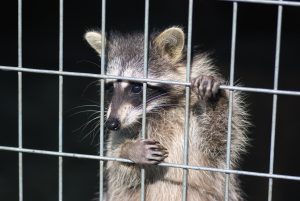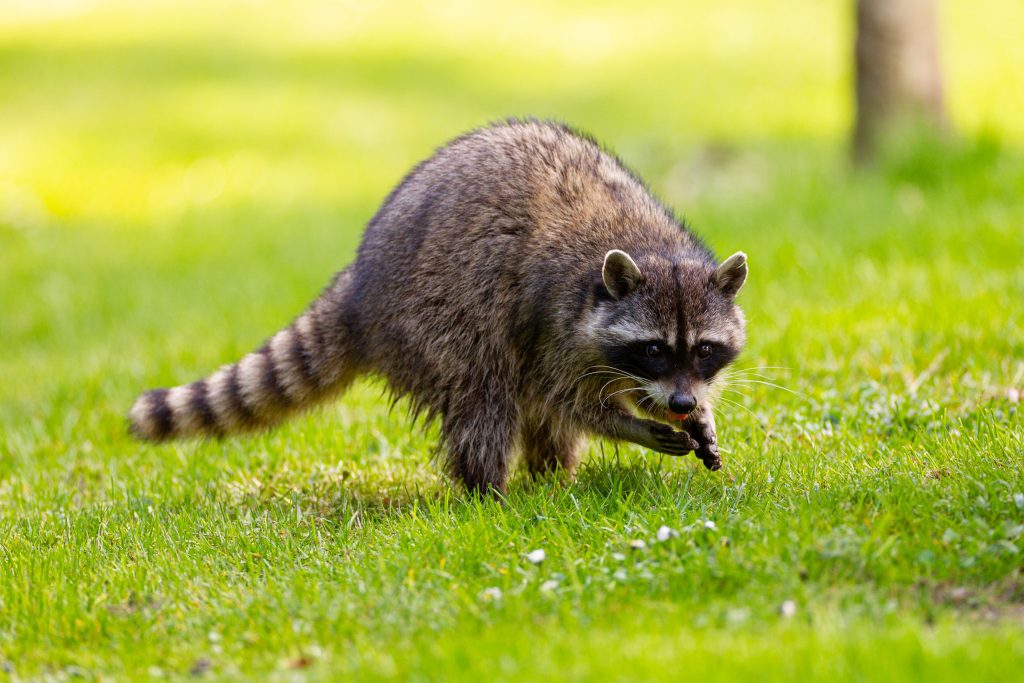Raccoons are a common omnivorous mammal that is native to North and South America. The raccoon is most often found in warm climates but can also live in cold ones where they become far more of a pest. In cold climates, raccoons will seek out human spaces to gain warmth. Burrowing under decks and sheds is a common way for raccoons to gain safety and warmth.
What is most startling about the raccoon is its age expectancy. A raccoon in the wild lives for a short time, comparatively. They can live two or three years before being killed, most often by a car or other vehicle. They are in great danger in the wild and in the city where humans and larger animals will predate them. Larger dogs can easily kill a raccoon and their adult males travel around looking for the young of other males to kill them which dramatically reduces their life expectancy. Raccoons in captivity are far longer lived, an average of about twenty years. This is dramatically different and shows how dangerous the world can be for wild animals and why they tend to hide in human attics and on human properties. While there may be a large pet the chances of getting killed in an attic or under a deck or shed in a burrow are far lower than trying to live in a hollow log or a burrow in the woods where other animals search for prey. The raccoon is omnivorous and an opportunistic eater in that they will eat the corpses of dead animals left by other predators or even from roadkill. Their stomach acid can break down nearly anything organic no matter how rotting or old. This can be a major problem when you have a raccoon in your home or on your property as they drag dead animals and rotting food into your attic to eat later.
While raccoons in an attic or burrow under a deck or shed can be resolved relatively easily with the use of a one-way door, trenching and steel mesh. Trenching is a process of digging around the perimeter of the deck or shed or other area animals are burrowing into. Then you must dig a trench around the structure one foot deep and one foot wide. Then you will need a large amount of steel mesh of the size you need to stop the animals that have gotten in, rats need a finer mesh, raccoons and skunks can do with a wider mesh which is cheaper. Lay the mesh down one foot down and one foot out, bent into a ninety-degree angle so it covers the back of the trench and the floor of the trench. You must then adhere the mesh to the bottom of the structure making sure to use bolts with wide washers so the mesh does not slip out. Burry the mesh and you will have an impermeable barrier against burrowing animals.

If this situation is happening to you then you will have only one option to get rid of the raccoons and that is trapping. In Ontario, there are strict limitations on the types of traps that can be used. A licensed trapper has far more options than someone buying a restrictive domestic trap. The rule for animal relocation is also strict. You must not take them more than a kilometre away and when you release them you need to stand behind the cage and open it and then back away slowly not making any noise. The raccoon should bolt away as fast as it can. The price of good trap tends to sit around a hundred dollars.

